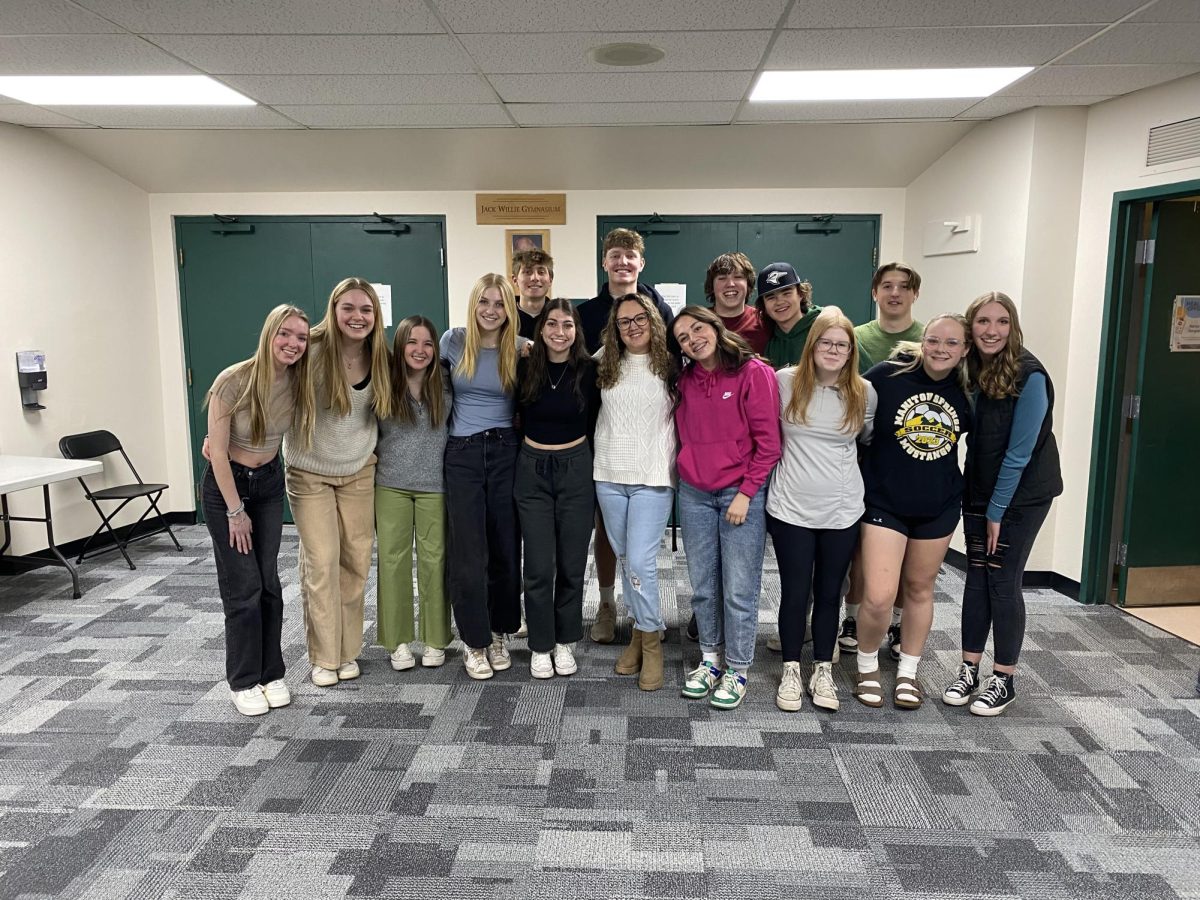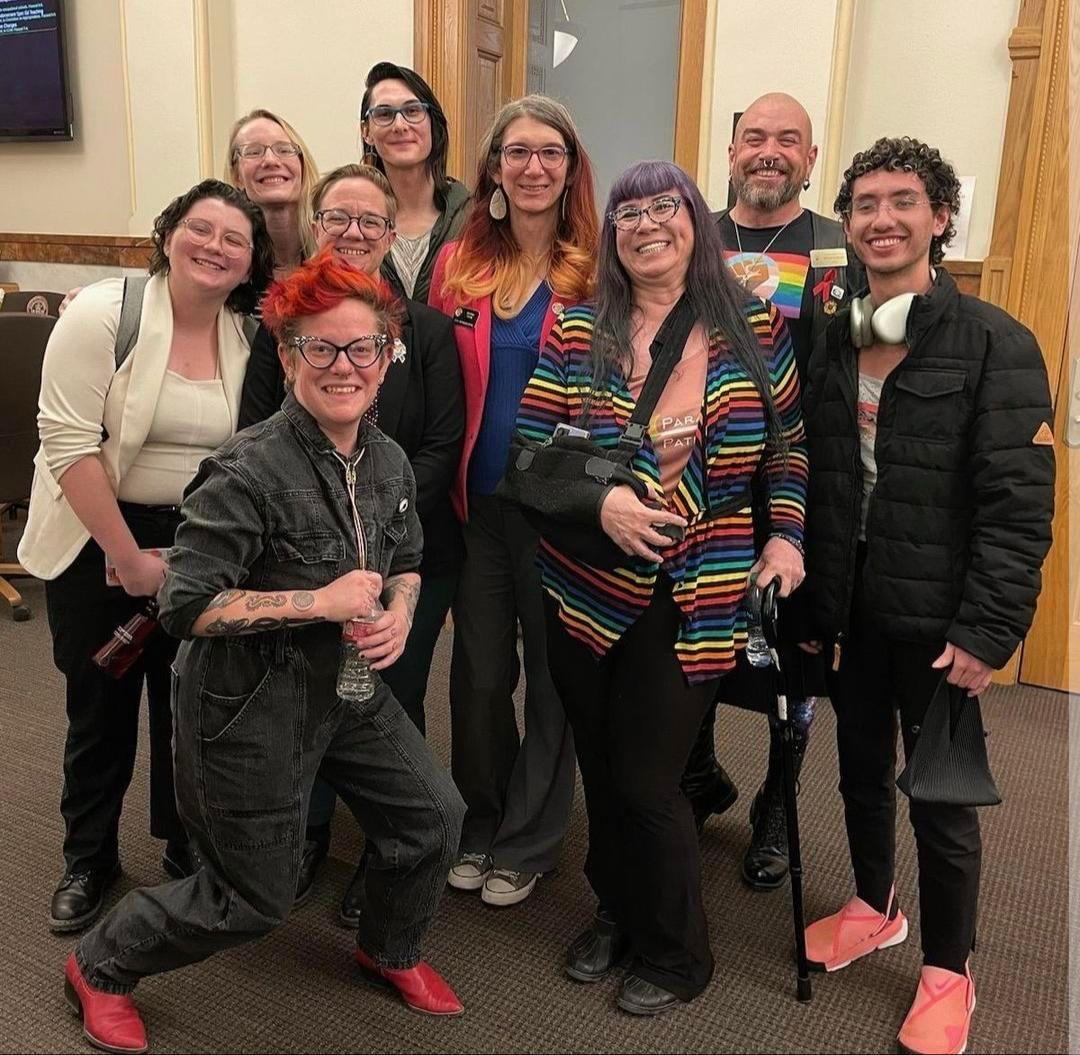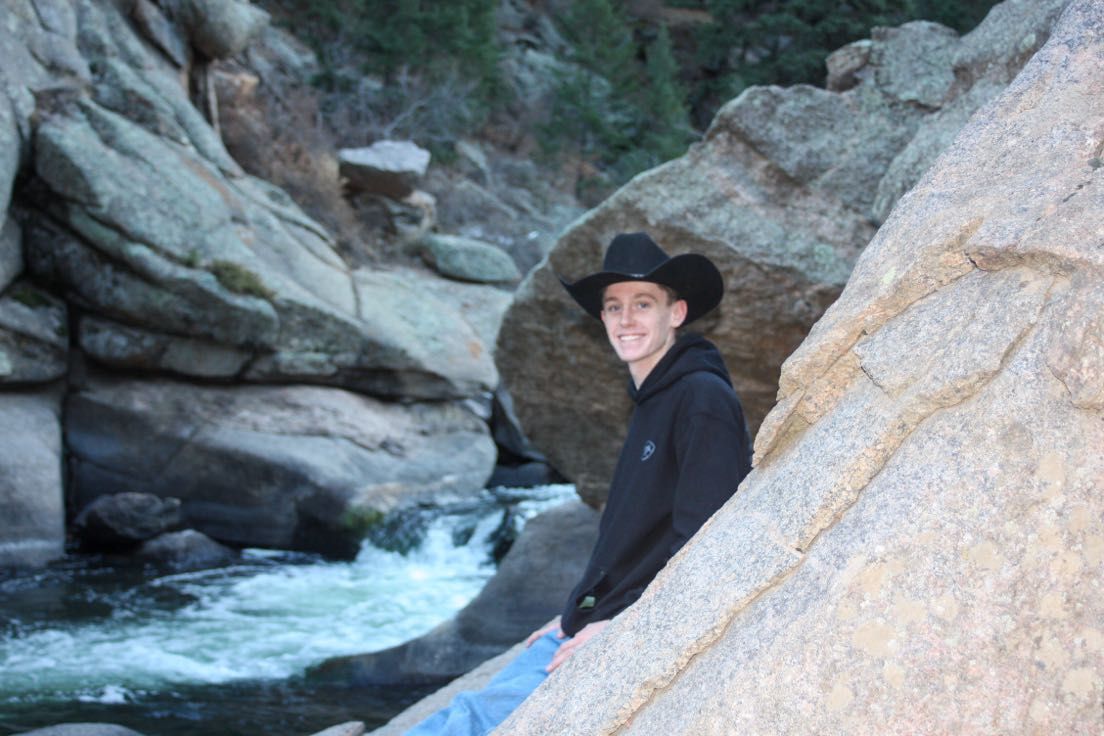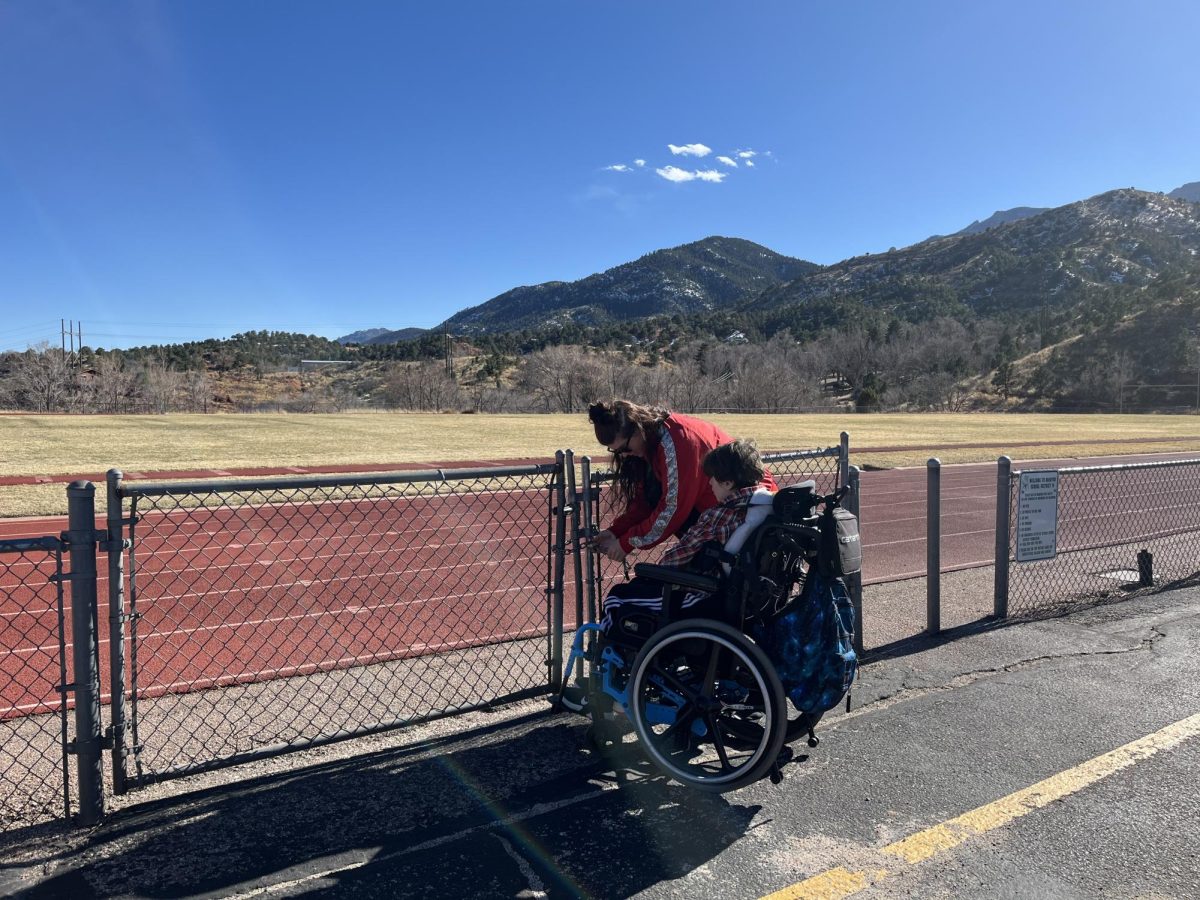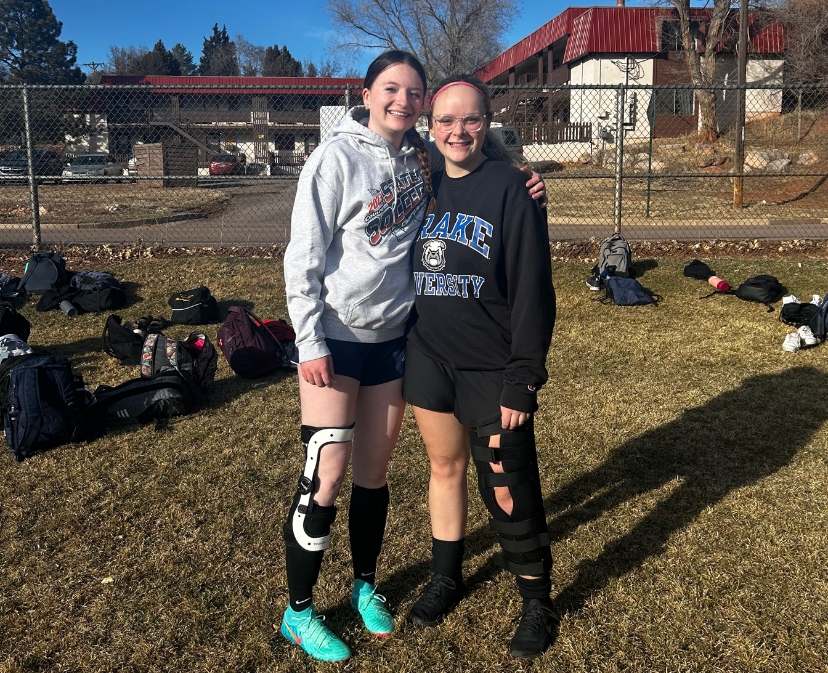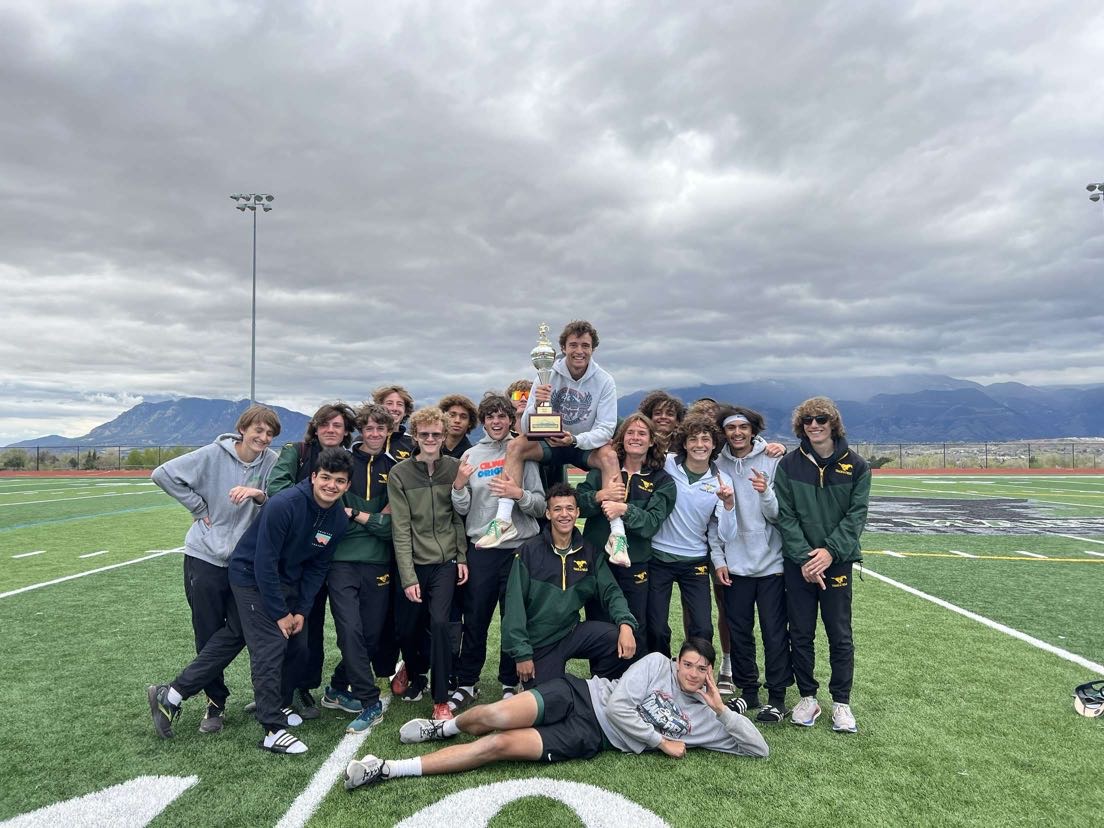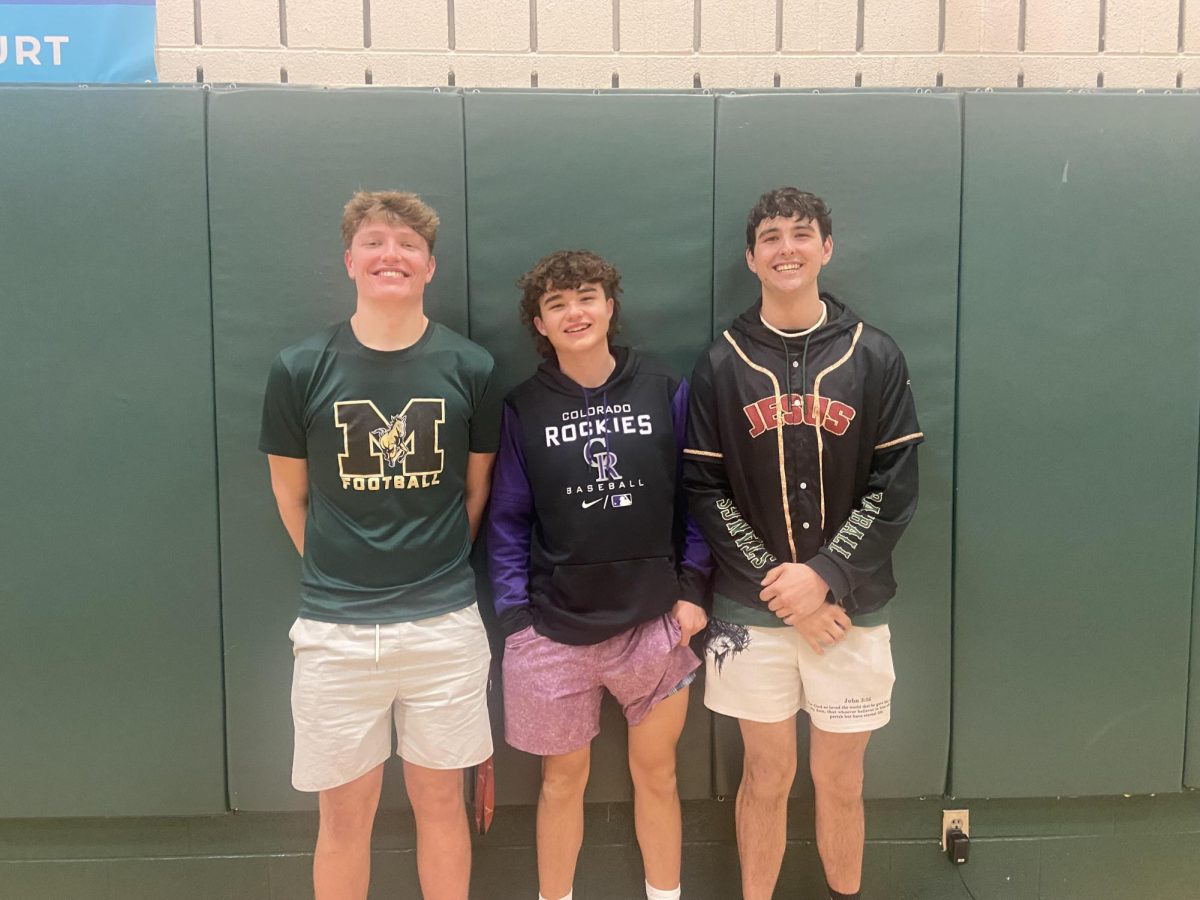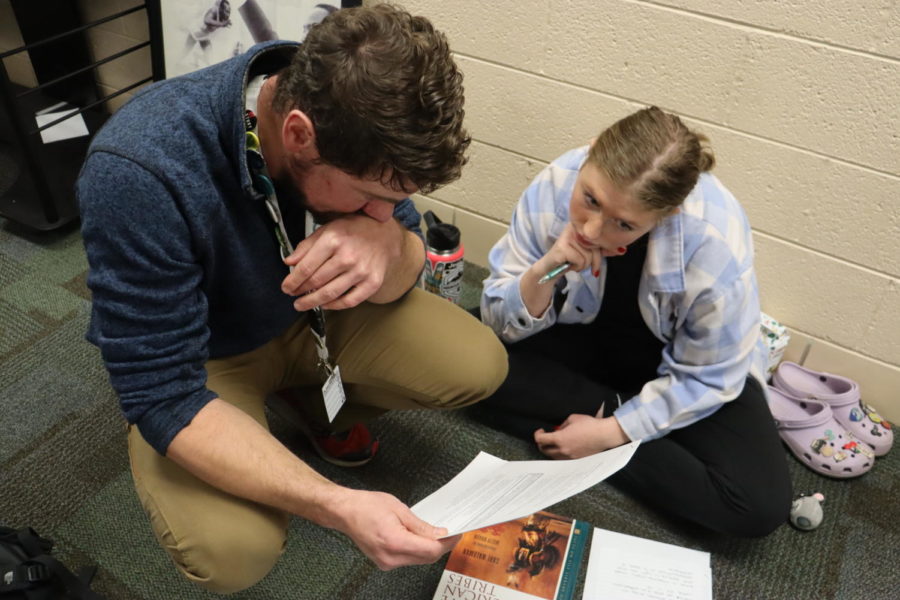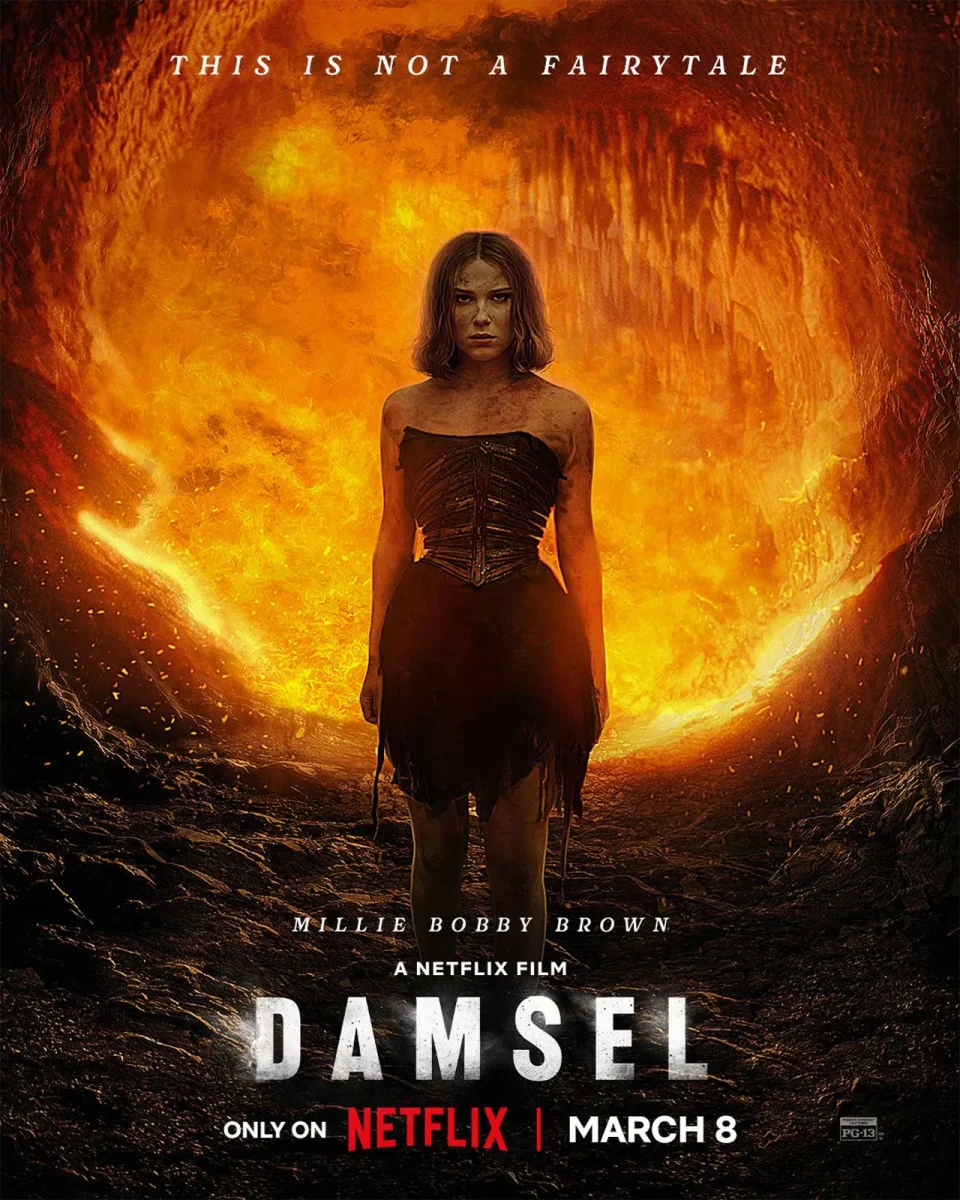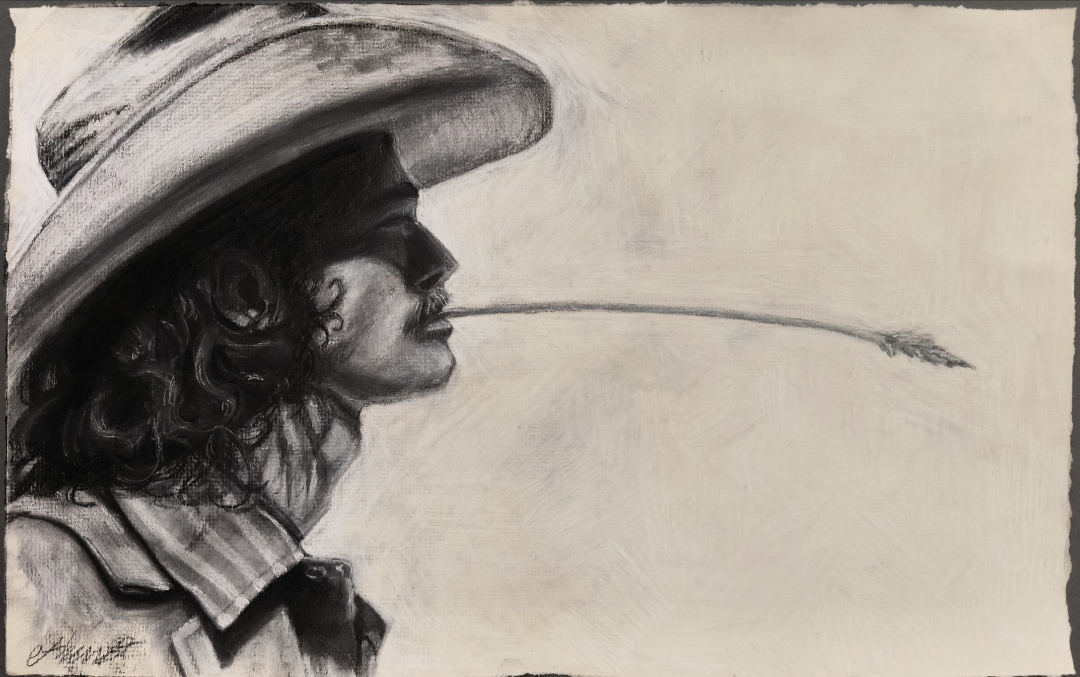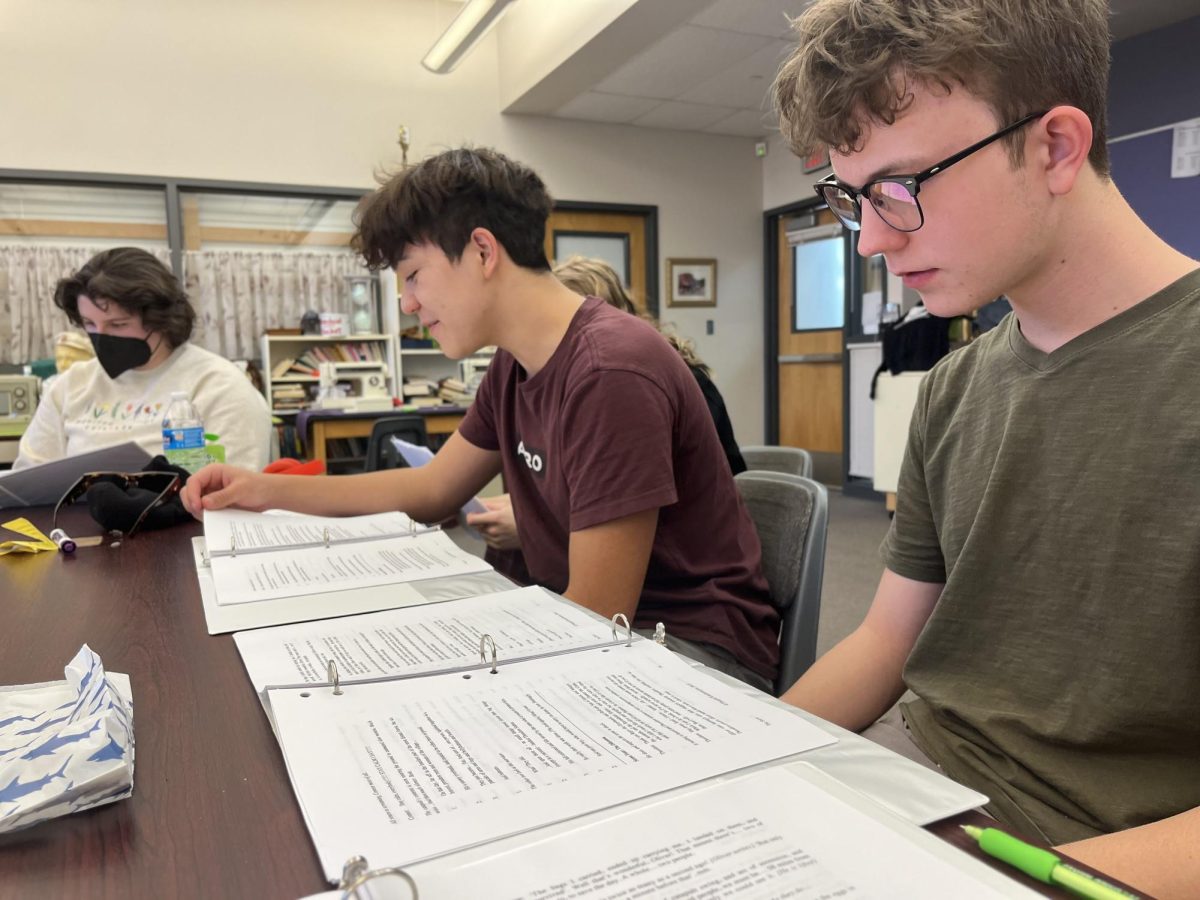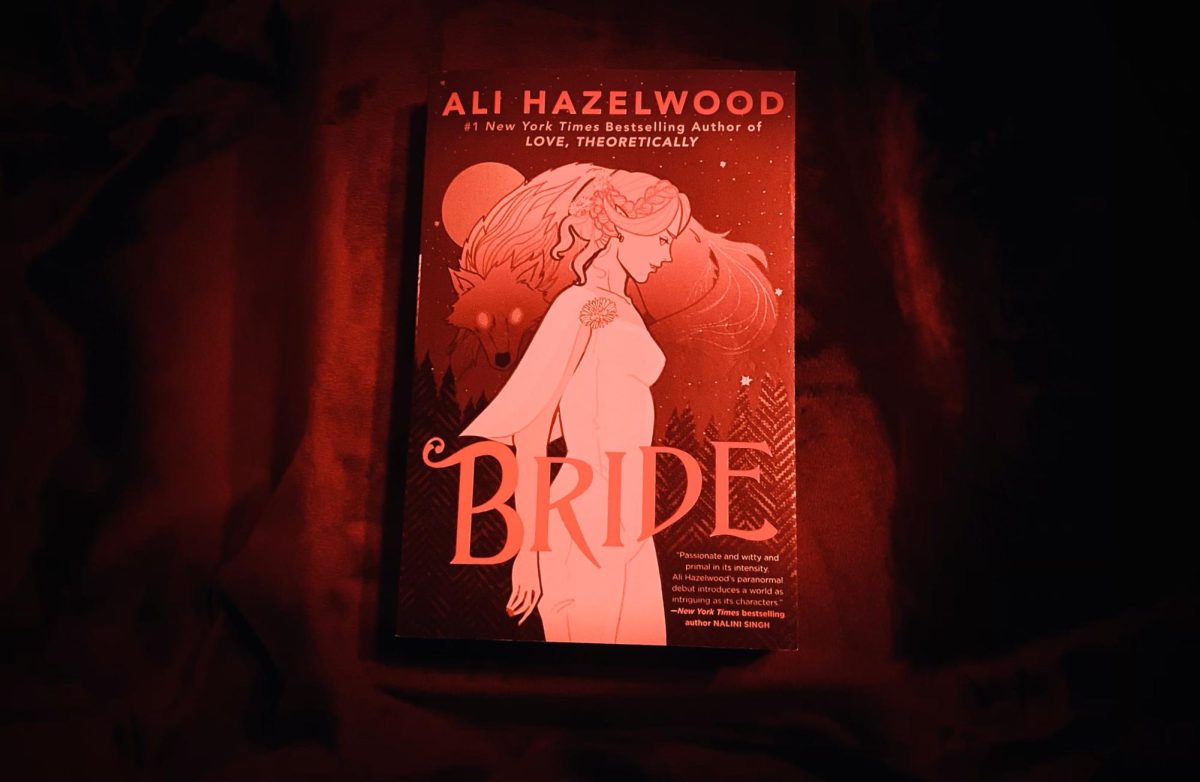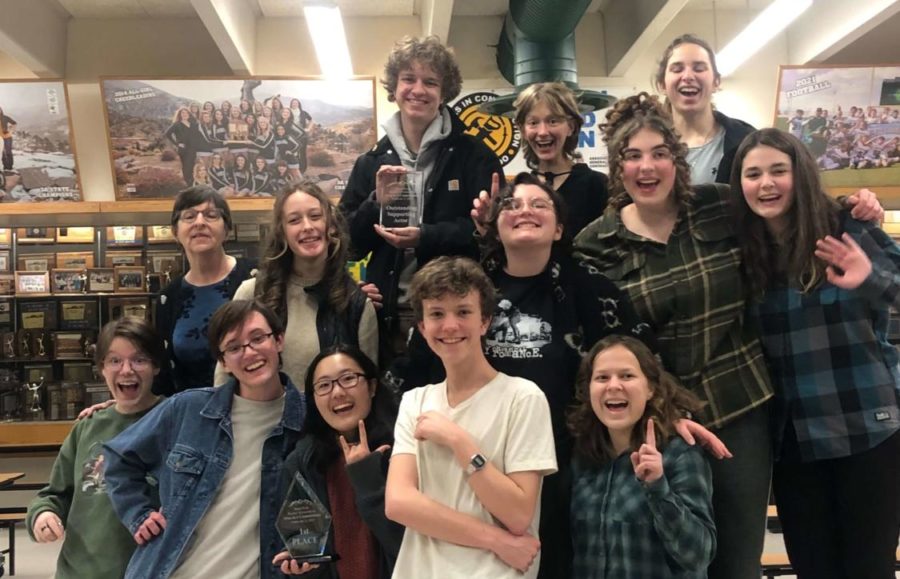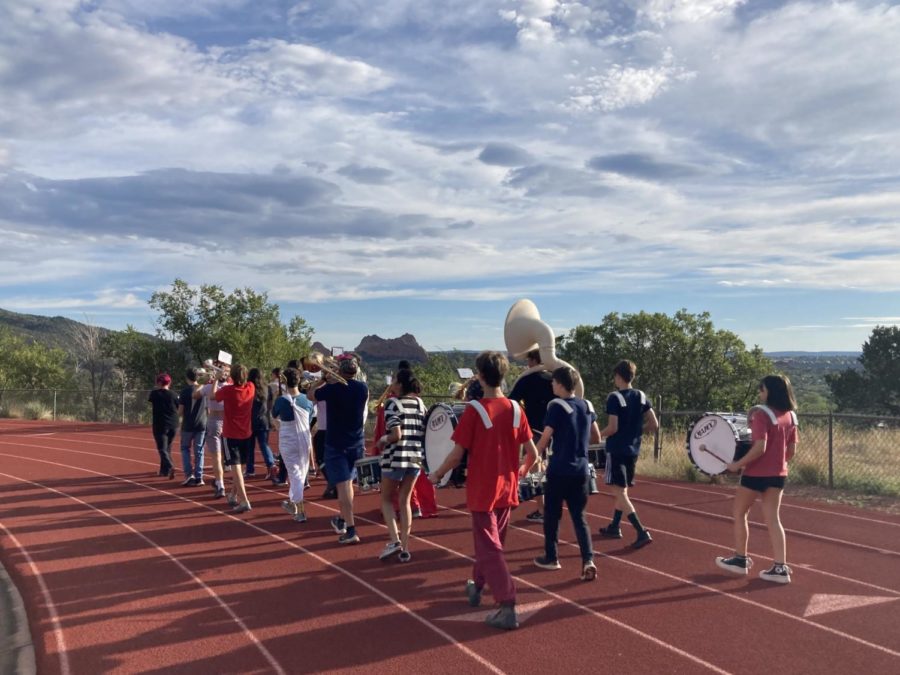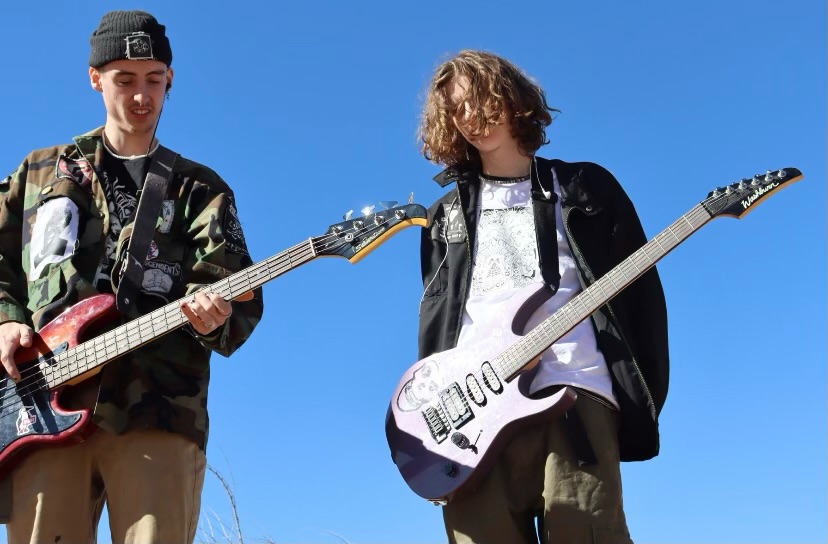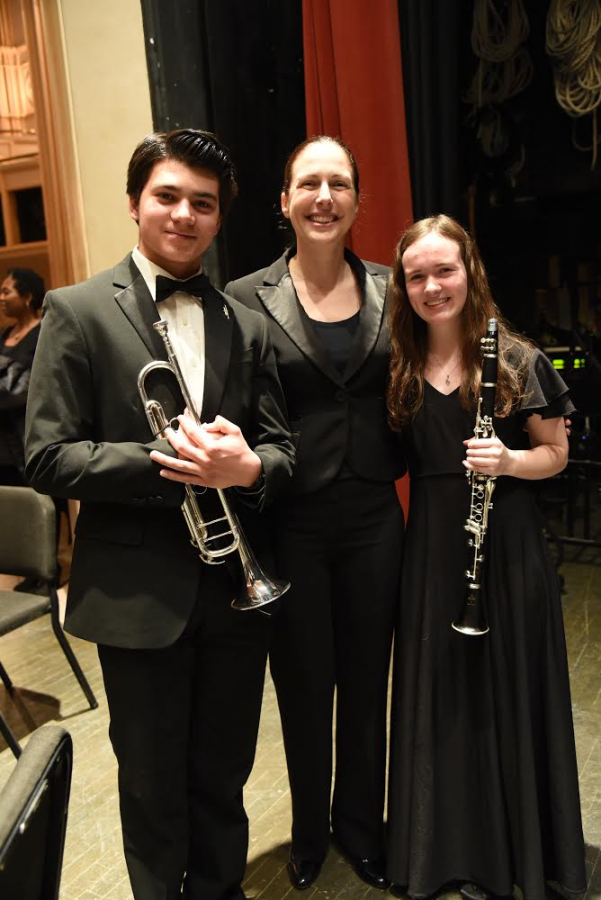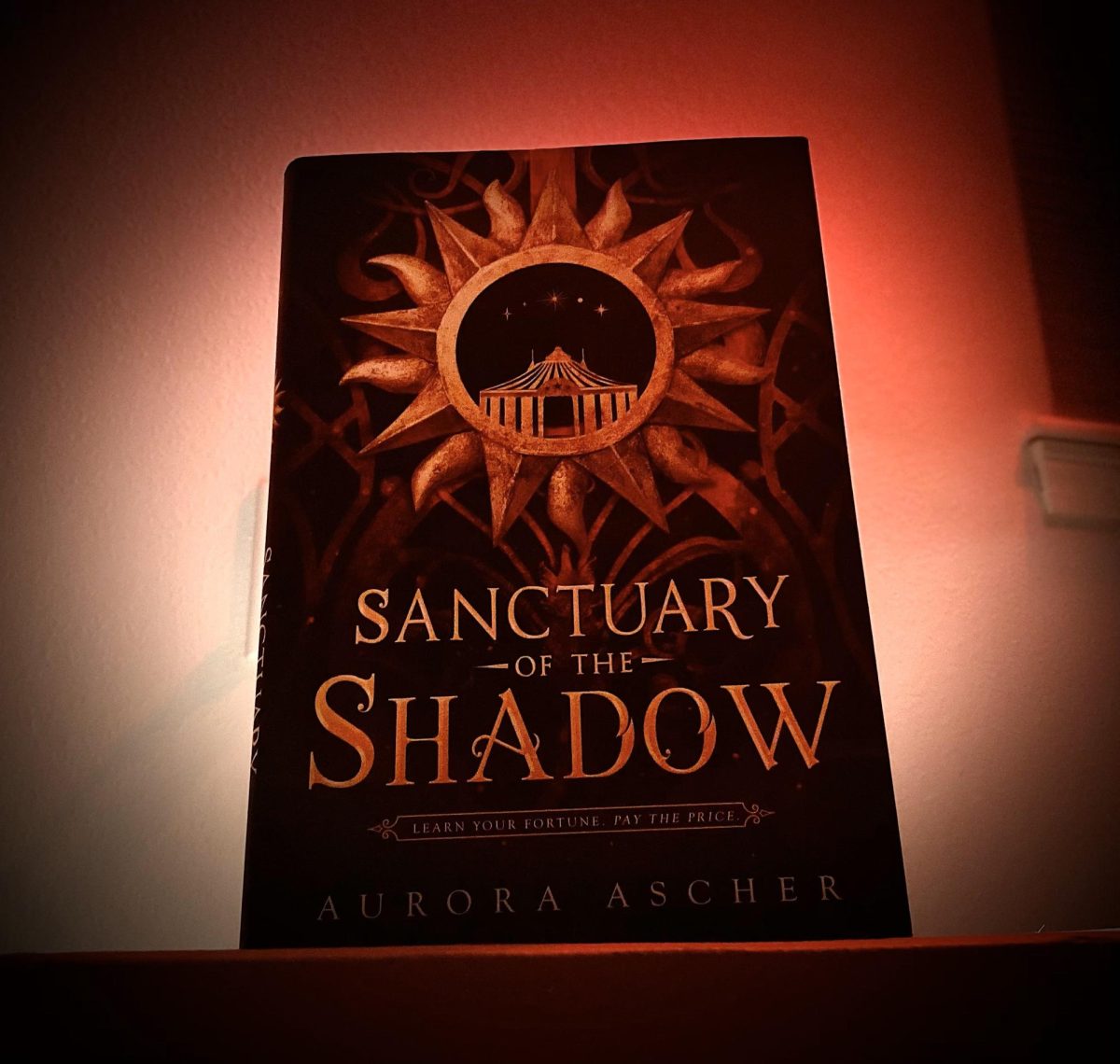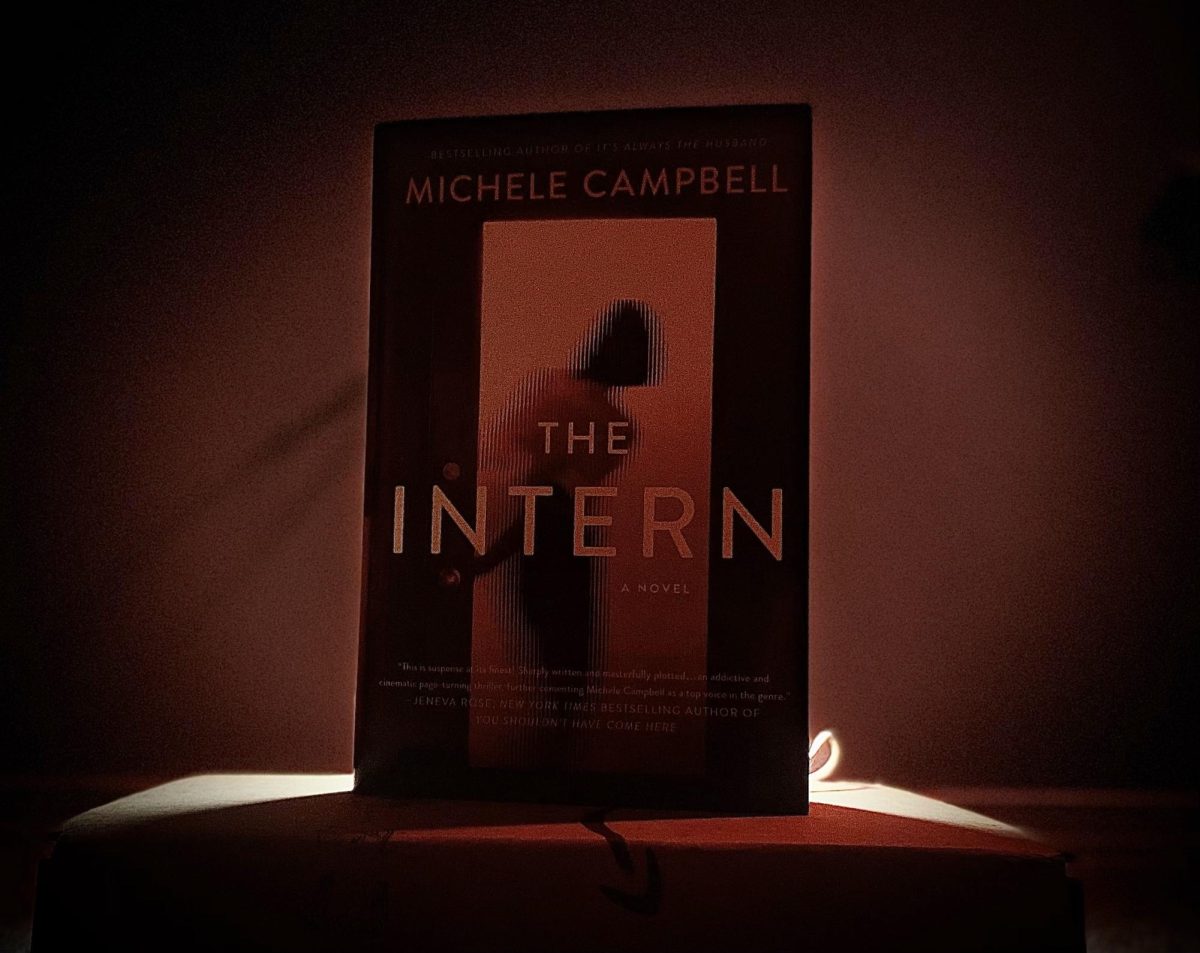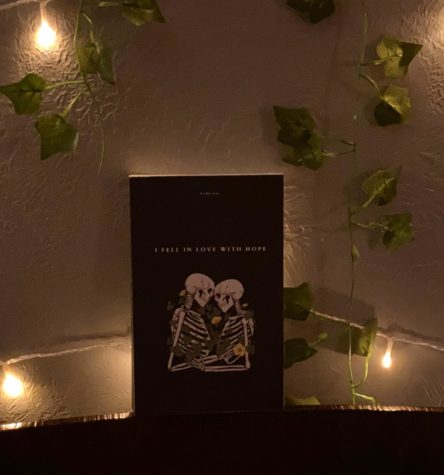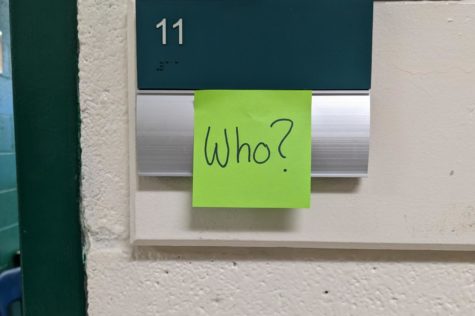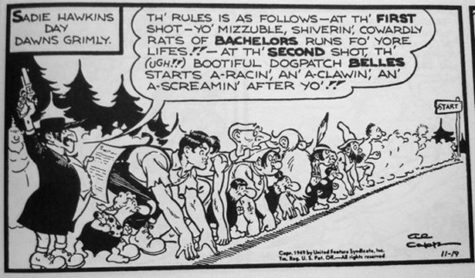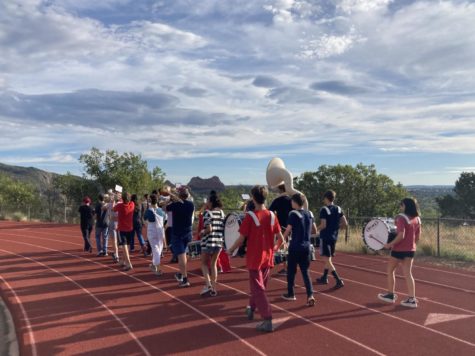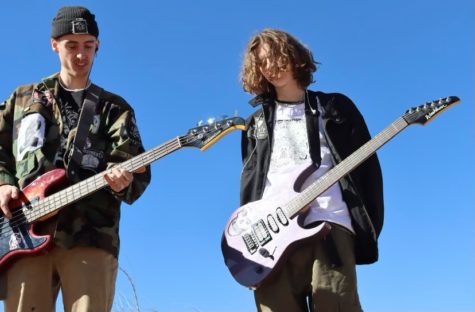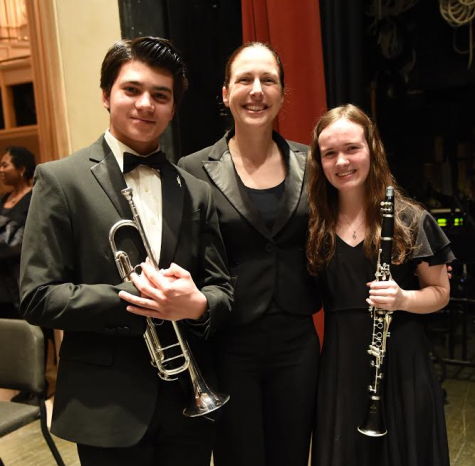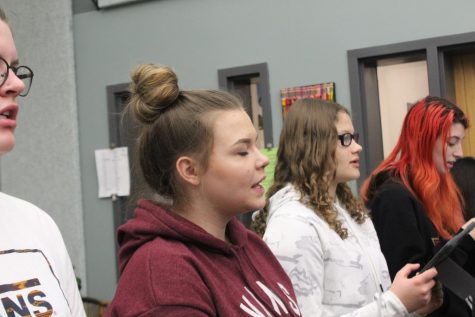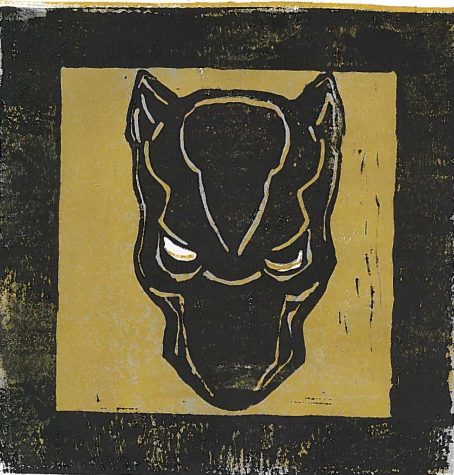Djentle Tunes: An Introduction to Progressive Metal
April 15, 2014
The term “djent” (pronounced like the ‘gent’ of gentle) is an onomatopoeia for the sound created by a distinctive high-gain, distorted palm-muted guitar sound originally employed by the Swedish band Meshuggah, who are considered the originators of the technique. The term is specifically derived from the sound created by palm-muted power chords which are spread across at minimum 3 strings, creating an exceptionally ‘large’ or ‘full’ sound simply through the expansion of a chord which is often otherwise left to its bare minimum parts. The term can either be used to refer to the sound or the musical community which has been constructed around it.
Djent as a style is characterized by progressive, rhythmic, and technical complexity, typically featuring heavily distorted and palm-muted guitar chords, syncopated riffs, polyrhythms, and polymeter alongside virtuoso soloing. Many of the more progressive elements of the style derive from the influence of jazz artists and classical compositions which do not follow any structure which refers back to a central chorus or refrain. Another common feature is the use of extended range seven or eight-string guitars.
The scene itself developed from an online community of home recording enthusiasts sharing their musical endeavors on sites such as sevenstring.org. An iconic group of individuals, particularly those surrounding and in contact with guitarist and producer Misha Mansoor, whose success with the band Periphery has skyrocketed djent to the forefront of the progressive metal community, are responsible for the popularization of the style. Other important bands in the development of the style are Fell Silent, TesseracT, Monuments, and Animals as Leaders. The scene has grown rapidly in the past few years, and many members of the original online community, including the bands Chimp Spanner and Monuments, have gone on to tour and release albums commercially.
Muramasa – Periphery: The opening track to the playlist also happens to be the opening track to Periphery’s second full-length studio album, Periphery II: This Time It’s Personal. This is the first of 3 songs in the band’s “Holy Trilogy”, a set of lyrically and thematically connected songs that bring the beginning, middle, and end of their album together. The song begins with a tense buildup to a demonstration of the epic vocal range of Spencer Sotelo, followed by a bridge containing one of the main musical motifs of the trilogy. Bringing the song to a close is the first ‘heavy’ section of both the song and the playlist, which exemplifies some of the defining characteristics of the djent genre: rhythmic patterns based around syncopation and a central ‘groove’ that create a somewhat chaotic, ‘bouncy’ and relentless sound, heavy palm muting on the guitars, rhythmic accenting of guitar riffs by the bass drum, and subtle changes in riffs of the same basic structure to keep things feeling fresh regardless of number of repetitions.
Momento – Intervals: A fresh, light instrumental track, Momento is an example of what happens when you apply ‘djenty’ qualities to a more traditional song structure. This is one of the more upbeat songs on the playlist, and exemplifies the more jazzy, lead driven side of the genre.
The Demon’s Name Is Surveillance – Meshuggah: Meshuggah never fails to create a dark and powerful atmosphere. This relentless, hard-hitting track really brings out the dissonant qualities that many artists in the genre like to focus on creating, with a consistent bass drum and cymbal pulse accenting the off-beat riffs that the band is so famous for.
Icarus Lives – Periphery: This innervating single off of Periphery’s first studio album Periphery is a fan favorite. Having seen the band perform live twice, I can personally attest to the incredible amount of energy that surges through the crowd during the first riff of the song. In fact, this was the first song that I had heard by Periphery, and perhaps the first instance of my contact with the genre. This is often one of the first songs I show to people when sharing my music taste, given that it adheres to many amiable, catchy structures while still utilizing ‘djenty’ techniques.
Kascade – Animals As Leaders: Animals As Leaders is generally considered both a djent and generic progressive metal band, though their music is in no way generic. Lead guitarist Tosin Abasi formed the band in 2007, and is generally considered the brain-child of the group, which consists of only 3 musicians, who perform live with two 8-string guitars, no bassist, and a drummer (as well as the obligatory laptop reproducing the synth parts). Abasi is widely considered one of the most prestigious guitarists of the current generation, morphing metal with electronic and jazz while utilizing the full range of his 8-string guitars in order to produce both a bass and treble line simultaneously. This dainty little tune in particular uses a great deal of hybrid picking and slap technique that’s generally associated with the funk scene and is more popular among bass players.
Nascent – Tesseract: This is a fairly dark and solemn song. Tesseract is one of the most popular bands in the genre, and possibly one of the best examples of using ‘djenty’ techniques in terms of guitar riffs, with very simple songs in terms of how many instruments and sounds are in the mix.
Regenerate – Monuments: Monuments is an up-and-coming djent band out of England focusing almost entirely on progressive techniques. The band’s lead guitarist, John Browne, has become infamous among the progressive metal community for his insane right-hand technique, dexterity, and use of odd tunings. This song in particular is one of the more ‘explosive’ songs on their sole full-length album.
Genesis & Scarab – Northlane: Genesis, the opening track on Australian group Northlane’s second full-length album, leads straight into Scarab, both musically and thematically. These are a pair of very heavy-hitting songs, with several sections being fast-paced and driven by palm-muted notes accented by double-bass drum patterns, leading up to one unifying ‘chorus’ of sorts (which is never actually repeated) but brings the song to its final bridge and close.
Ow My Feelings – Periphery: Periphery is arguably the band most responsible for popularizing the djent genre, and songs like these are the reason why. The fat, ‘bouncy’ tone of the guitars coupled with the riffs that themselves seem to hop around the fret board creates an atmosphere that is hard to recreate in other genres. It also happens to be one of my favorite songs off their first album, showcasing both the heavily distorted potential of djent alongside the somewhat more mellow, melodic ones in the first and final few verses.
Behind The Sun – Meshuggah: A rather haunting song, Behind The Sun capitalizes on the monotonous flow of the verses to create a sense of disorientation in the chorus and bridge, with the harsh (edging on demonic) vocals of Jens Kidman reinforcing the darker nature of the song.
Hybrid Earth – Erra: Erra, though considered by many to be more progressive metalcore than ‘djent’, often utilizes the guitar tone and technique popularized in the djent genre. This song in particular, off their third full-length album Augment, is one of their heavier songs, showcasing their skillful manipulation of dissonance, while bringing together the chorus with their signature clean vocals of lead guitarist Jesse Cash.
Epiphany – Intervals: This is one of my favorite songs by independent artist Intervals out of Toronto, Canada. Building up to a melodic masterpiece of a chorus, the jazzy verse and bridge sections are an incredible example of the lighter, melodically driven side of progressive metal.
Denial – Monuments (feat. Spencer Sotelo): This is one of the most prolific examples of the djent style used consistently and effectively. While many other bands become plagued by over-simplified patterns that never deviate from strumming open strings and a quarter note cymbal pulse, Monuments manages not only to create an energizing and intriguing set of riffs with an incredible groove, but does so without rehashing rhythms throughout the whole song.
Måsstadens Nationalsång & When No One Walks With You- vildjharta: Vildjharta (villd-yar-tuh) is a Swedish word meaning “wildheart”, and the group’s music certainly reflects that quality. One of the ways I prefer to describe their style is simply “hellish and demonic”. This set of songs in particular, with the first leading into the second, is dissonant, highly contrasted between deep ‘growling’ notes and their high-band contemporaries, and all things said, a little stressful. This is the stuff of nightmares. Bask in its dark Swedish glory.
Lippincott – Animals As Leaders: This little devil sneaks up on you. Prefaced by an adventurous chord progression is a monstrosity of a tune that crawls between the bars of the fairly pleasant main theme, thumping and djenting and djonting all the night away.
I Am Colossus – Meshuggah: This song makes me think of a tribe of huntsmen hunting a mammoth during the Ice Age, but maybe that’s just my own weird interpretation of the strangely syncopated rhythms. They seem oddly barbaric. The tone and mood of the whole song is intentionally designed to feel colossal (imagine that) and crushing. Incidentally, this track is the pseudo-title track of the band’s seventh full-length release Koloss, which seems to follow that theme throughout the album.
Crescent – Animals As Leaders: This gem never fails to afflict the dynamics of its story upon its listeners. The main theme, which is altered and referenced as a sort of motif throughout the entirety of this piece as it slowly morphs, becomes the poster child.
Ragnarok – Periphery: Finally, the second song in the Holy Trilogy. In the majority, this is a very intense song with a fairly dark mood, up until the introduction of the Trilogy theme and the subsequent electronic section.
April – Tesseract: Time to bring down the energy levels. This is a little bit more mellow of a song, at least in comparison to the last few. One of the things I really like about Tesseract is their tendency to isolate a verse or bridge to just the bass and drums, or guitar and drums.
Extraneous – Periphery (bassist Adam ‘Nolly’ Getgood): This song is absolutely crushing. One of the most unique things about Periphery as a band is the fact that each of the 6 members is fully capable of writing and producing their own musical content, and do so on a regular basis, despite a majority of the content on the band’s first and a decent portion on the second full-length albums having been written by the band’s lead guitarist and founder Misha Mansoor during his college years, which were released under the alias “Bulb”. On the band’s most recent EP release Clear, the band ran an experiment based on this quality; each member was asked to write and produce a song in their own unique style while being entirely capable of utilizing their fellow bandmates for whatever purpose they saw fit. This song in particular was written and produced entirely by the band’s bassist Nolly, who is also an incredibly skilled guitarist, producer, and audio engineer. All of the bass, guitar, and (programmed) drums were recorded in his home studio.
Odessa – Animals As Leaders: This song off Animals’ second full-length Weightless speaks to the diversity of the band, which contains an electronic opening, djenty rhythm riffs throughout, and the insane shredding solos that Abasi has become so well known for.
Quantum Flux – Northlane: This emotionally driven high-energy single off of Northlane’s second full length release Singularity is relentless, utilizing the fluidity of the chorus to bridge together everything flawlessly.
Vaalbara – Erra: Here we have another one of Erra’s more aggressive songs off of their second full-length release Impulse. Utilizing slow-tempo, highly dissonant, low-range riffs that create a monotonous tone throughout the first half of the song, rising into a fluid melodic section that really brings the song to life.
Zero – Periphery (guitarist Misha ‘Bulb’ Mansoor): As explained prior, Bulb is arguably the single person most responsible for popularizing djent not only as a term, but also as a technique and eventually pushing it into a genre, though not purposefully, and not with his . This is an excellent example of his contributions to the genre in terms of actual music. His style is incredibly laid back in terms of technique, yet his phrasing and capability for bringing together a soft melody with a very tight, heavily weighted groove make a lot of his songs highly contrasted in terms of mood and flow.
Of Mind – Proxy, Retrospect, and Resist: These are the 3 opening tracks to Tesseract’s second full length release, Altered State, which are all technically one fluid piece split into 3 ‘movements’. They exemplify the use of djent guitar and other progressive techniques quite well, flowing together in the form of a ~15 minute epic.
A Voice Within – Intervals: The opening riff of this song is absolutely crushing, and it fairly well sums up the nature of this song. Between every soft section lies a heavier one with a motif to the opening chord progression.
Masamune – Periphery: The finale of the Holy Trilogy comes at last with a feathery tickle on the toes to start and a falcon punch to the face to bring the whole shebang to a close. This is one of my favorite songs by Periphery because it makes a very clear distinction between the light and dark sections of the song, creating a contrast that makes music really shine in its own unique way. The song is capable of telling a story within itself, within the Trilogy, within the Periphery II masterpiece. The line between the two sections is rather blurred, allowing oneself to become completely immersed in the flow of the piece without feeling jarred by the transition. The fadeout of the final rhythmically driven riff brings the playlist to its conclusion with hatred and darkness, like all good things.


